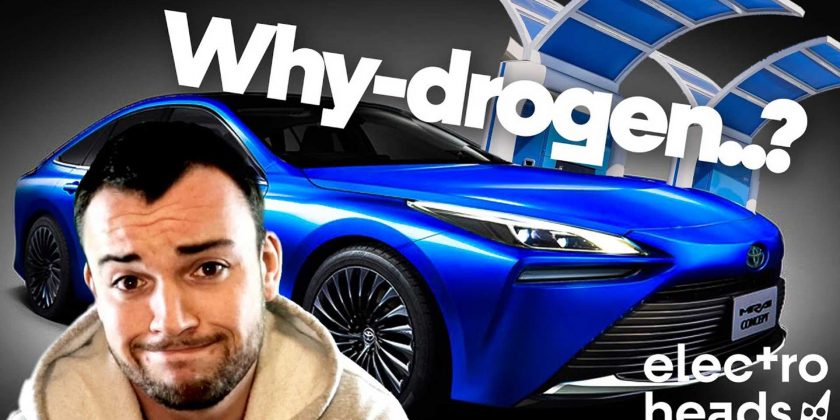Electroheads discusses that and tends to agree with that sentence.
The lack of hydrogen filling stations prevents automakers from investing in fuel cell vehicles. The lack of fuel cell vehicles prevents companies from investing in hydrogen filling stations. We have already mentioned this dead-end, but now Electroheads decided also to answer why fuel cell vehicles were the future 20 years ago and failed to be the present now.
Although the price of green hydrogen may fall below that of natural gas by 2050, as BNEF predicts, we still need to know who is going to sell it to fuel cell fleets. At the same time, possible candidates for doing so are still waiting for these fleets to emerge. If they do, they will need hydrogen to be cheaper.
Filling the hydrogen tank in the UK can cost as much as buying gas or diesel. In other words, the only advantage FCEVs offer there is a clean conscience regarding the environment. The benefit of spending less money to drive that BEVs present is lost. And EVs have a good charging infrastructure there.
Jack asks a relevant question at a certain point of the video: which automakers will insist on creating a hydrogen revolution when most competitors are already betting on electric vehicles with batteries? These cars are cheaper to run and way more energy-efficient.
BEVs’ downsides are that they take time to recharge, are expensive to buy, and hard to keep running when their battery packs are history. The cars depreciate with time, but battery packs are still costly. Battery swapping could be a solution, but then the automakers would have to deal with the dead batteries. Only Nio so far seems to be willing to do so.
We have no idea if fuel cells also need to be replaced and how much they cost in case that is necessary. If they do not present such issues, they may have a chance to compete with BEVs. However, they would better do that soon to avoid being a future promise that never materializes.
Source:Electroheads
Source: Read Full Article

